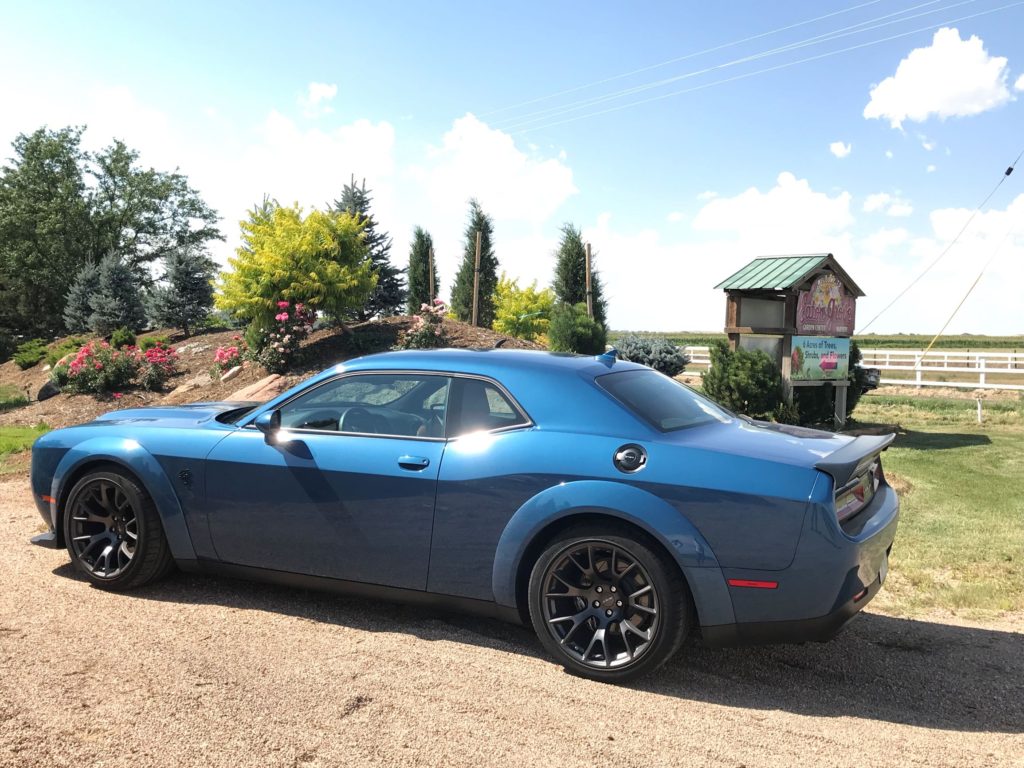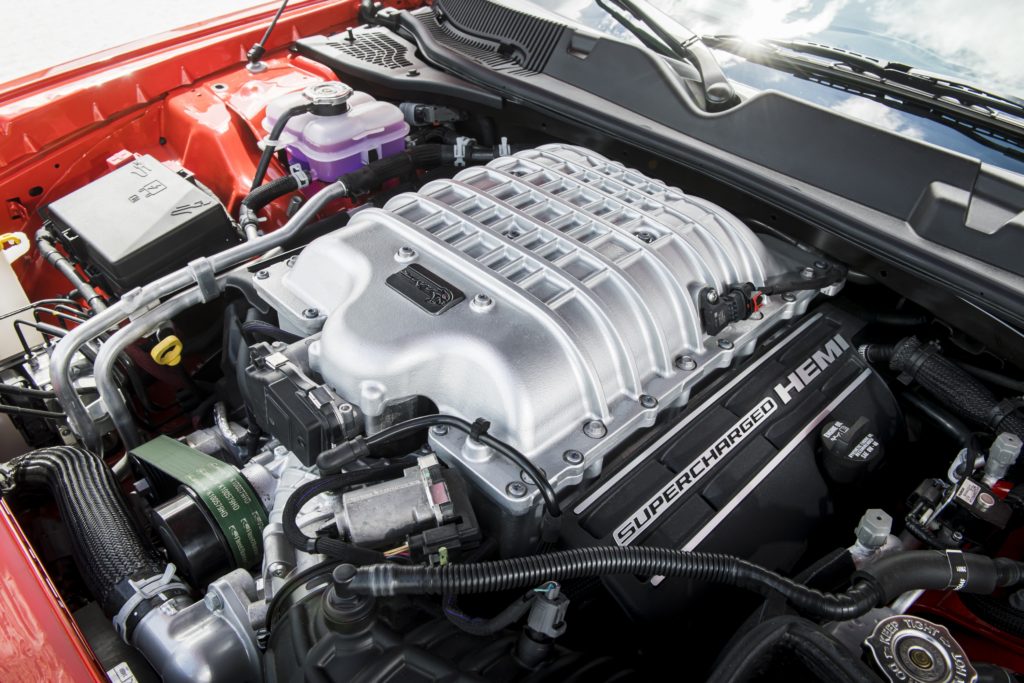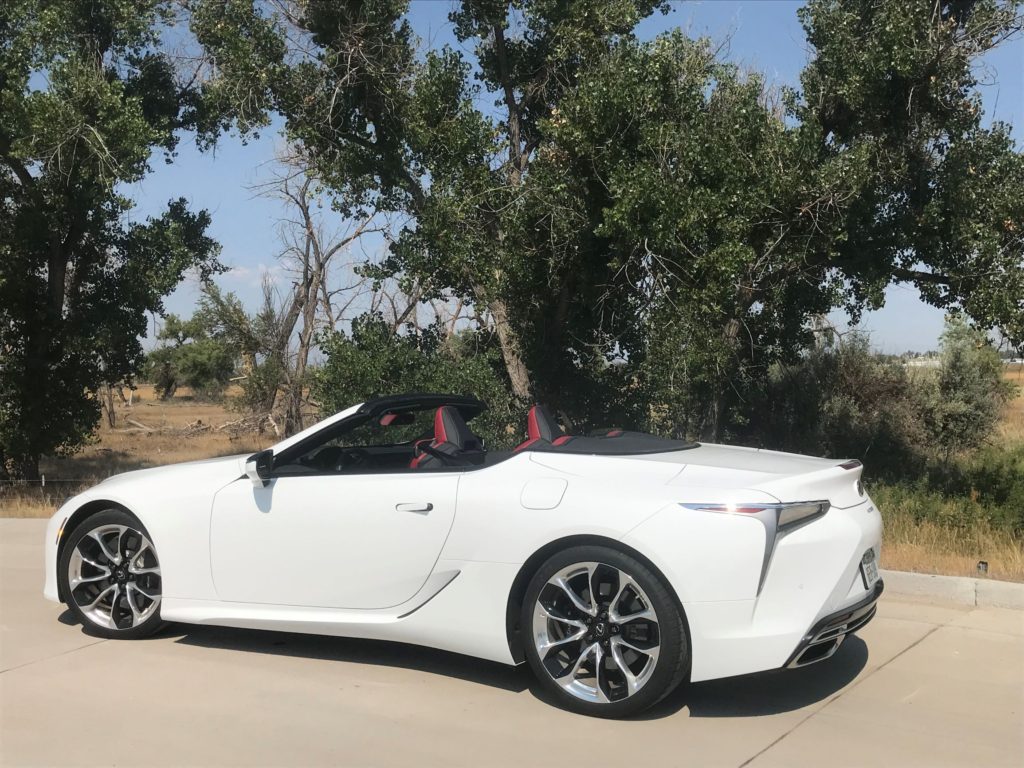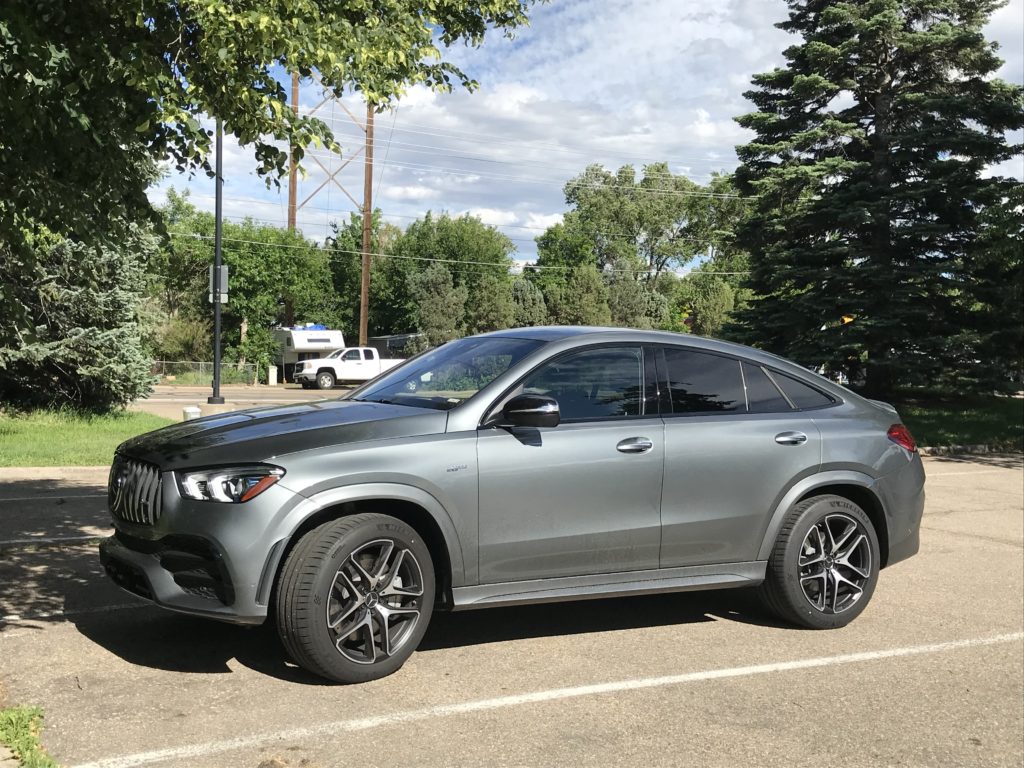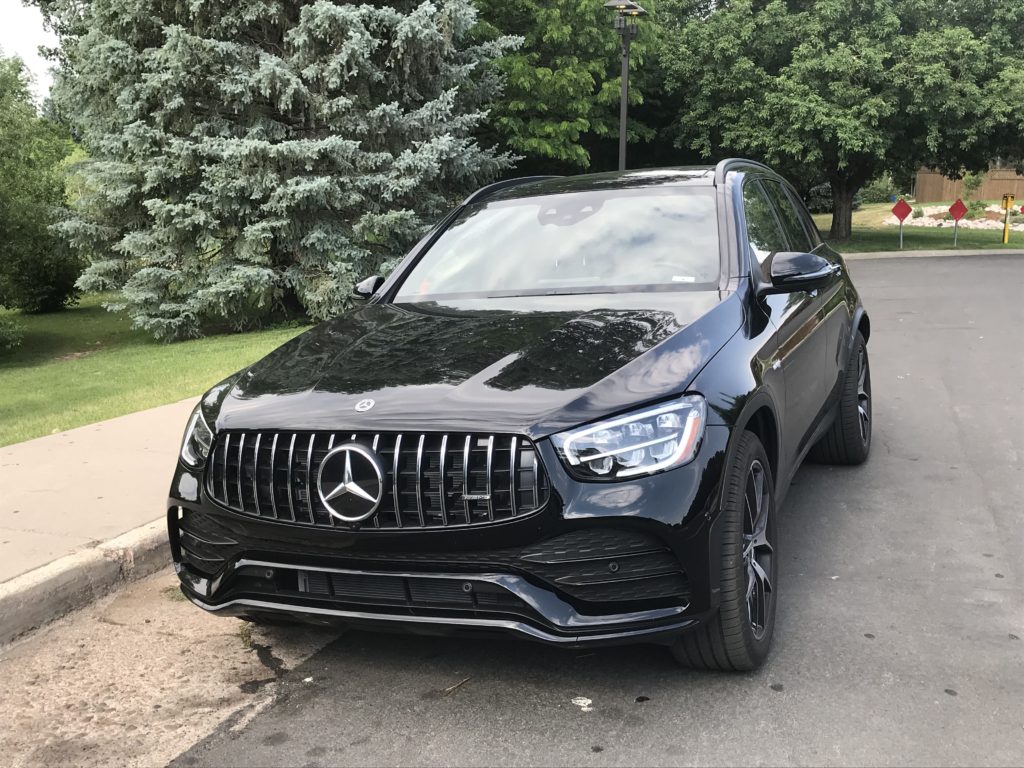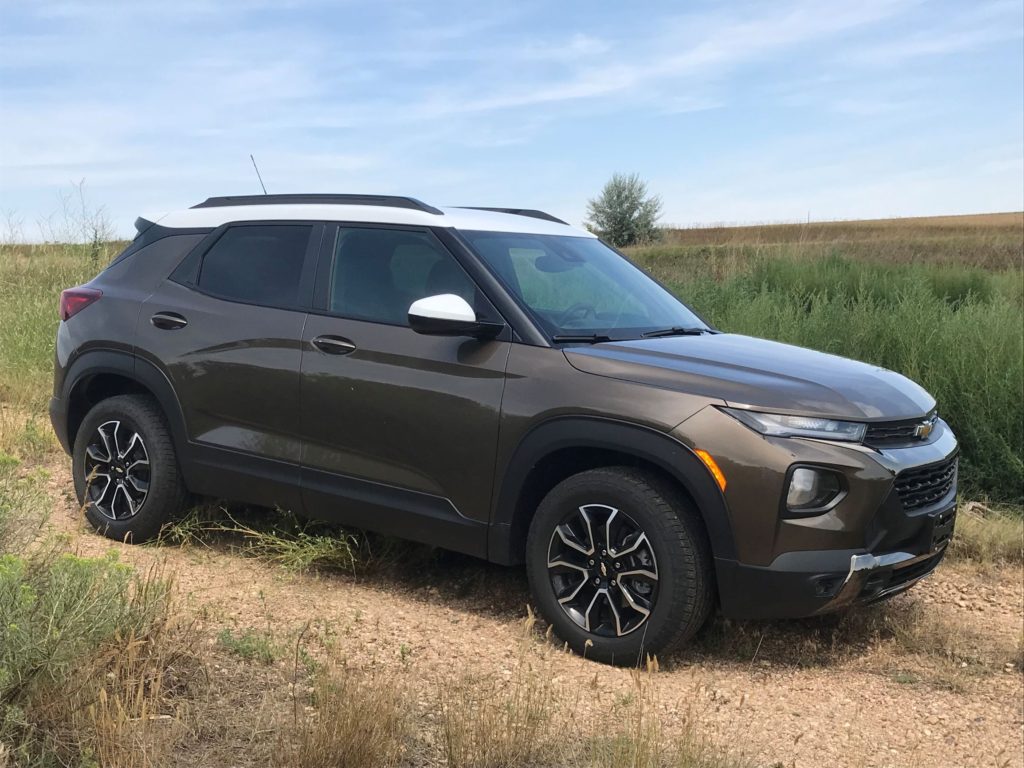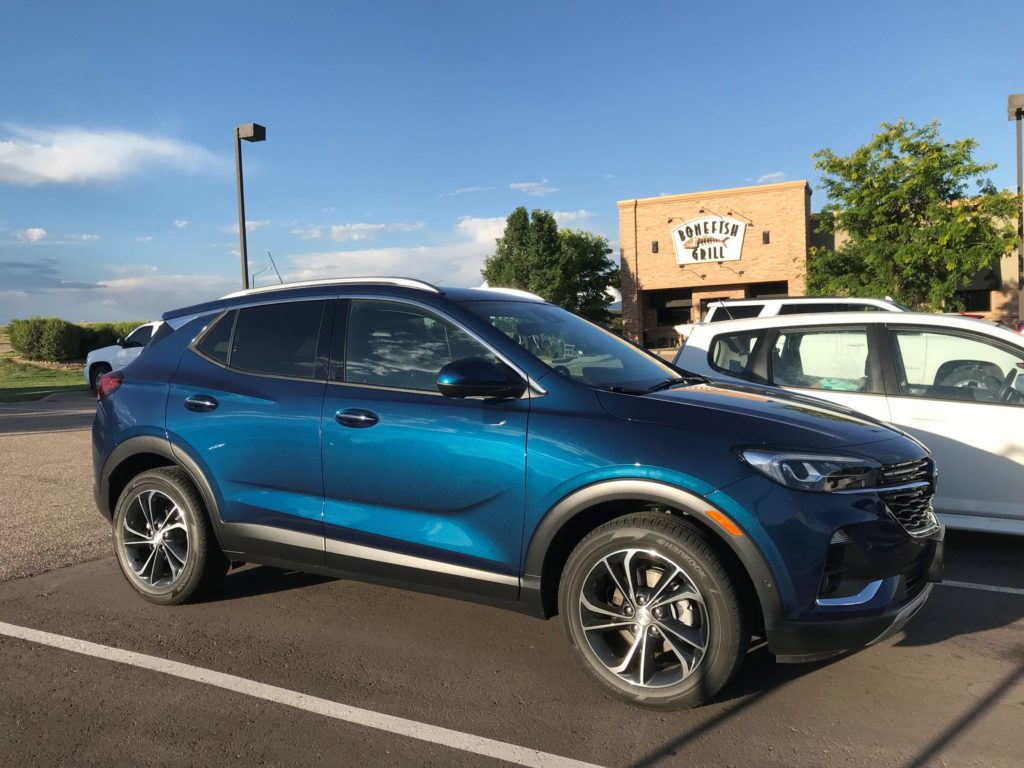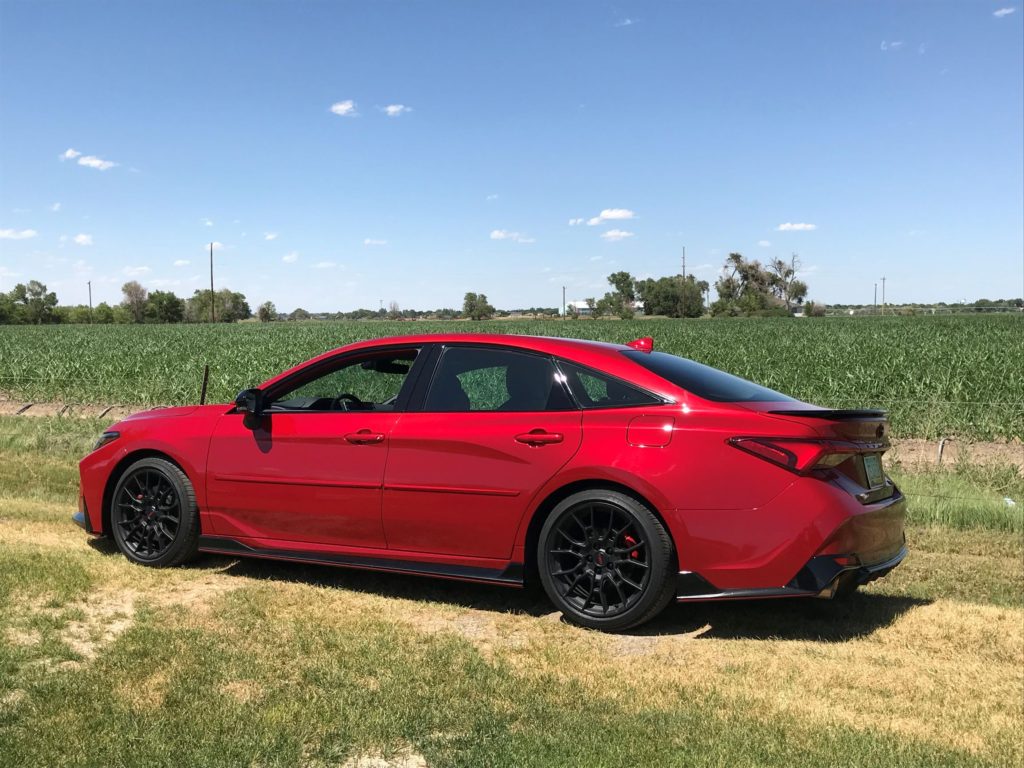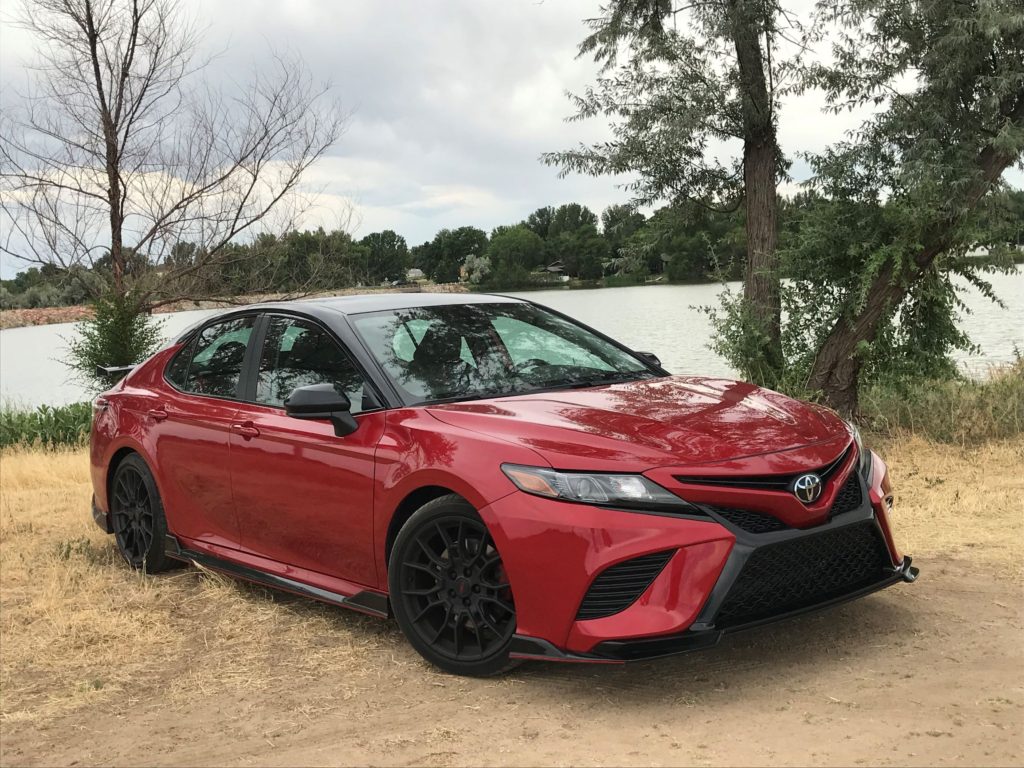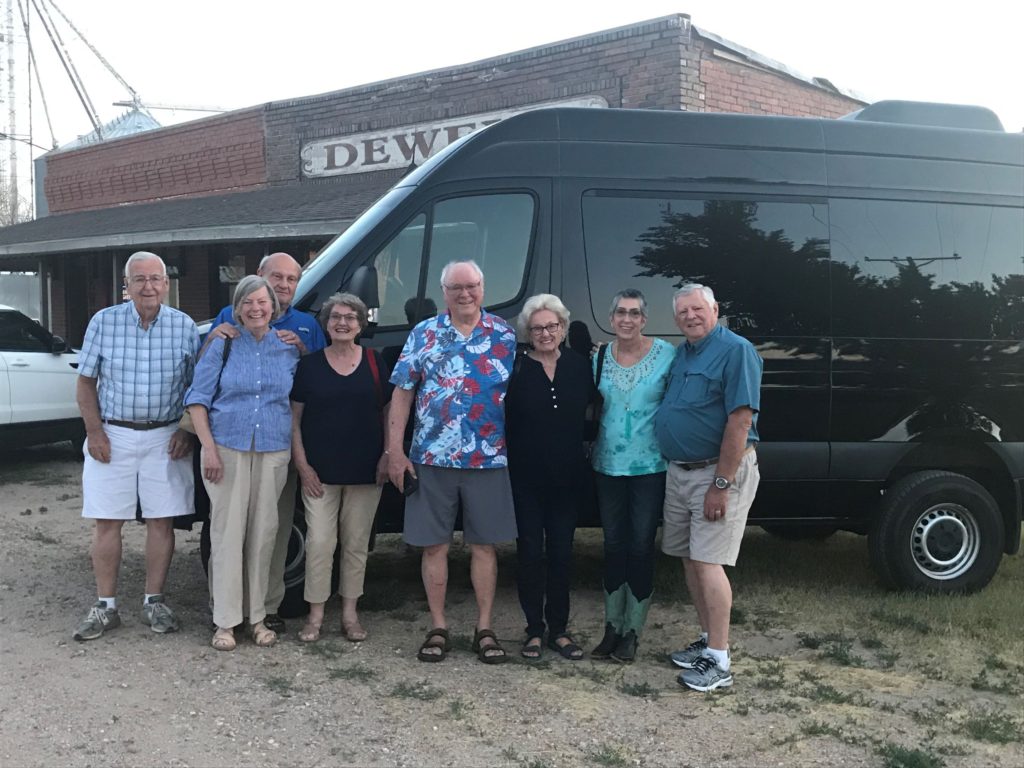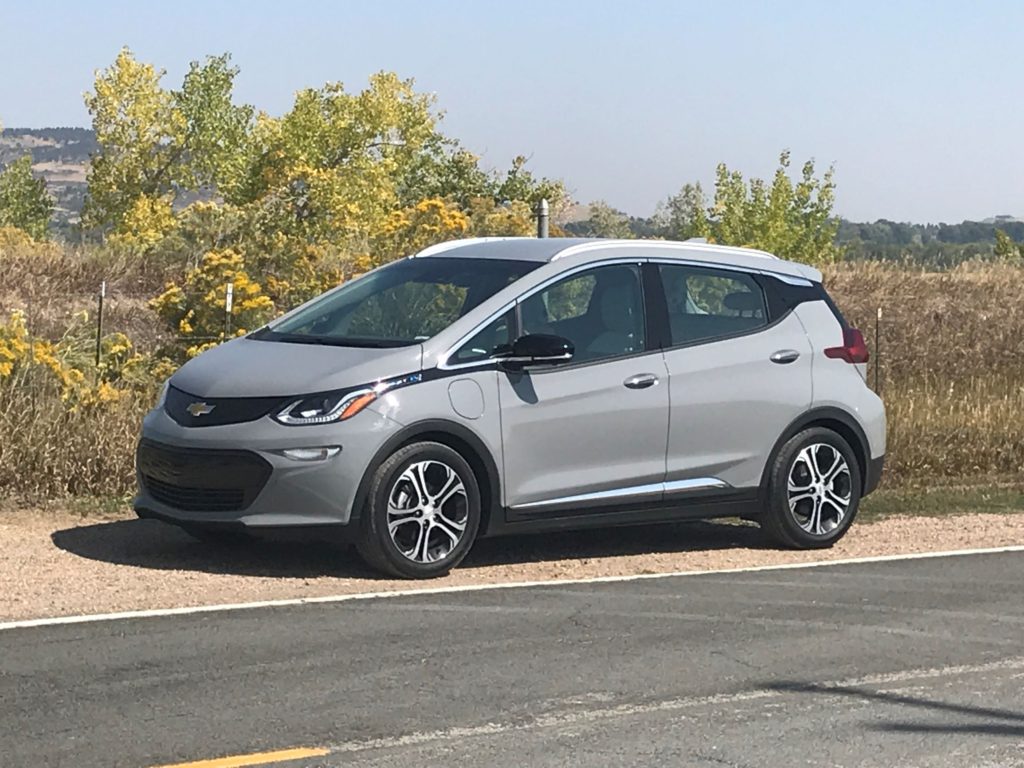
The annual National Drive Electric Week kicked off in late September, and there I was reviewing the 2020 Chevy Bolt Electric – excellent timing.
The special week “heightens awareness of today’s widespread availability of plug-in vehicles and highlights the benefits of all-electric and plug-in hybrid-electric cars and trucks,” said Charline Delkhah of WeberShandwick in Los Angeles.
Providing me with the electric Bolt the week before the national celebration was not part of any plan, as far as I know. I did, though, decline the offer of several eco-friendly road-trip routes.
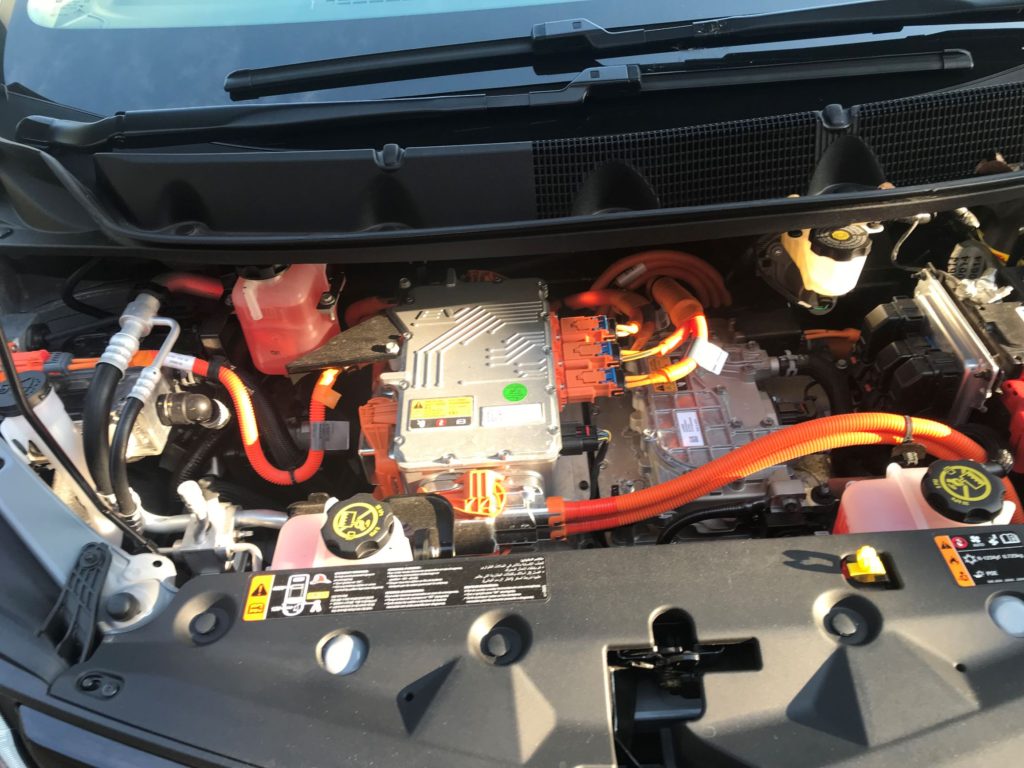
I’ve enjoyed driving a variety of plug-in hybrids and electrics in recent years. One which I can’t shake from my mind was in early March a couple years ago (I forget the brand). Delivered to me on a sunny day, the car’s battery pack “will easily get you to Sterling and back for the funeral of your friend,” an auto executive said. “It will make a good column either way,” I replied jokingly. Overnight, the weather turned cold and snowy, and, with no charging station at Sterling, we found one on our return drive in Fort Morgan with 18 miles of charge remaining in the battery pack.
The Bolt is a sharp-looking, all-electric hatchback with a range of 259 miles. Its electric powertrain produces 200 horsepower and 266 lb-ft of torque. It is only 164 inches in overall length on a wheelbase of 102.4 inches, with curb weight of 3,563 pounds.
Jan and I on a Monday morning drove the Bolt EV west out of Greeley on U.S. 34 to Loveland, then south on U.S. 287; our destination was Hygiene, the quaint and quiet village northwest of Longmont. The weather was warm, the drive was wonderful.
With the Bolt’s easy turnaround and parking capabilities, we were back and forth and here and there in the little town before driving on west on narrow Hygiene Road to U.S. 36 Foothills Roadway to the south as far as the Greenbriar Inn at Lefthand Canyon, then turned around for the return trip.
Back home, the Bolt’s information center indicated we had driven 98 miles, using only 83 miles of the battery pack’s range. Regenerative braking was a major contributor to the eco success. By pulling a paddle at the steering wheel, the vehicle is slowed gradually without using the brake, converting energy into more electricity to transfer back to the battery. Shift into “Low” mode, lift your foot from the accelerator and the slowdown is much more immediate. The battery pack, very flat, spans the entire length of the vehicle’s floor.
The Bolt rides on Michelin Energy 215/50R17 tires, containing silica-based compound that helps keep the rolling resistance low.
The Bolt competes with the Nissan Leaf Plus, Hyundai Kona Electric, Kia Soul EV and Niro EV and Tesla Model 3.
The Premier trim level of the Bolt carries a sticker price of $43,735.




